
Red deer, also known as Wapiti in English, is a large deer species. Due to different origins, the morphology of red deer also varies. There are 8 subspecies in the world. There are about 3 subspecies of red deer in China, most of which are endemic to China.Seasonal migration of red deer occurs at al...
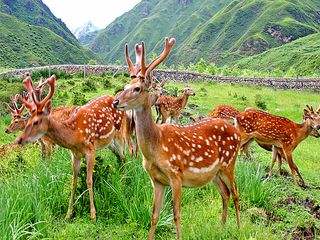
Sika deer, also known as sika deer in English, is a small to medium-sized deer with 16 subspecies.Sika deer are alert, agile, have well-developed hearing and sense of smell, but weak vision, and are timid and easily startled. Because of their slender limbs and narrow and pointed hooves, they can run...
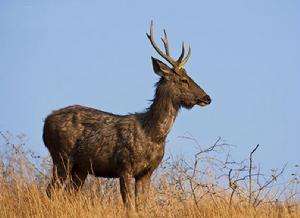
Sambar, also known as the water deer in English, has 8 subspecies and is the largest deer in tropical and subtropical regions.The important features that distinguish the water deer from other deer species are: small horns and few forks; movable incisors; a palm-sized piece of inverted hair on...
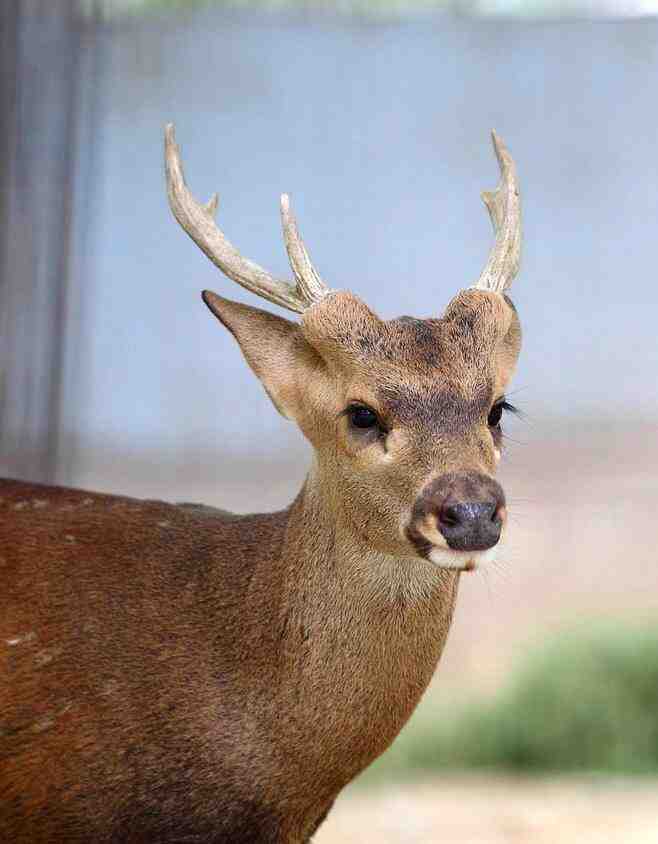
Hog Deer, also known as Hog Deer in English, has 3 subspecies and is a medium-sized deer.Hog Deer like to move alone, occasionally 2-3 gather together, but never gather in large groups. However, they often gather in temporary small groups during the rutting season and in feeding areas, with each gro...
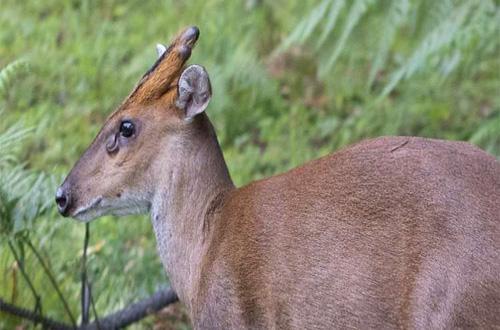
Gongshan Muntjac has no subspecies and belongs to the medium-sized muntjac.Gongshan Muntjac generally moves alone at night, is more active in the early morning and dusk, and is less active during the day. They like to eat green grass on the grass slopes at the edge of the forest, and also eat fresh...
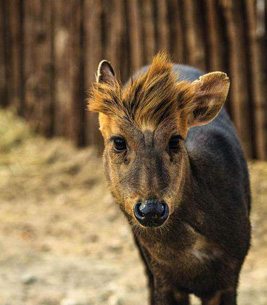
Black fronted Muntjac is a larger species of muntjac, and its appearance is very similar to the Gongshan Muntjac distributed in western Yunnan and Myanmar.Black muntjacs are timid and cowardly, with a strong sense of fear. They are mostly active in the morning and evening. During the day, they often...
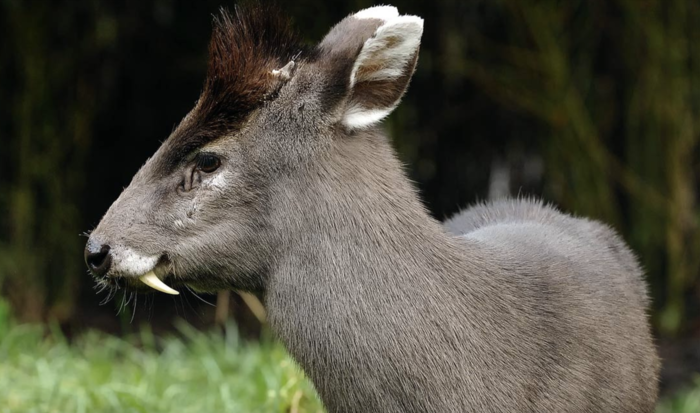
The Mao Crowned Deer (Elaphodus cephalophus), also known as the Chinese Sika Deer, is an intriguing species of deer found in the dense forests and rugged terrains of China. Renowned for its unique appearance and behavior, the Mao Crowned Deer is both ecologically significant and critically endangere...